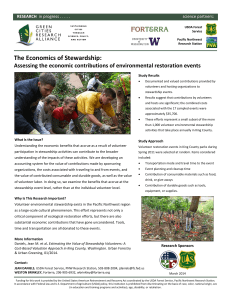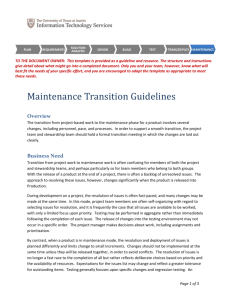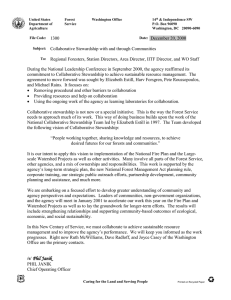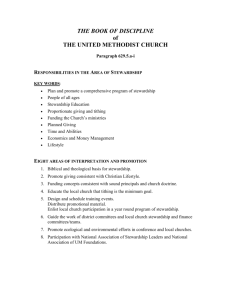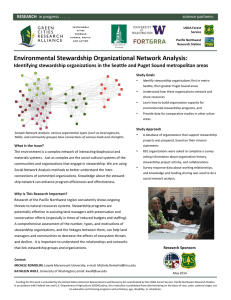Evaluating Environmental Stewardship: Measuring Outcomes in the Green-Duwamish RESEARCH in progress project partners:
advertisement
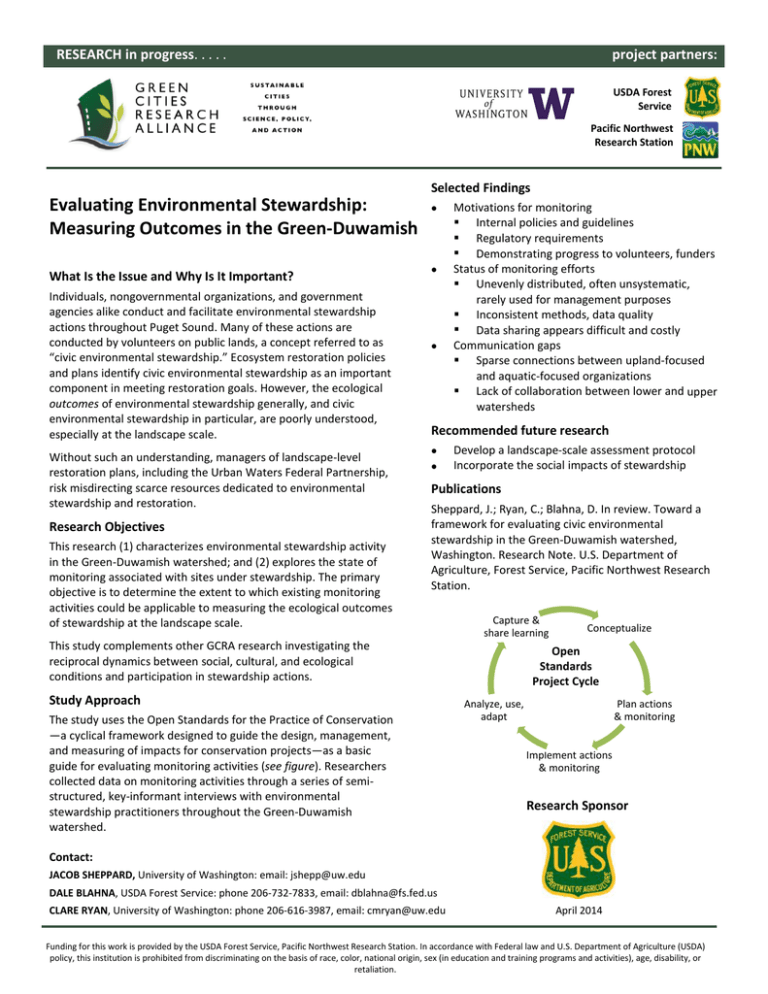
RESEARCH in progress. . . . . project partners: USDA Forest Service Pacific Northwest Research Station Evaluating Environmental Stewardship: Measuring Outcomes in the Green-Duwamish What Is the Issue and Why Is It Important? Individuals, nongovernmental organizations, and government agencies alike conduct and facilitate environmental stewardship actions throughout Puget Sound. Many of these actions are conducted by volunteers on public lands, a concept referred to as “civic environmental stewardship.” Ecosystem restoration policies and plans identify civic environmental stewardship as an important component in meeting restoration goals. However, the ecological outcomes of environmental stewardship generally, and civic environmental stewardship in particular, are poorly understood, especially at the landscape scale. Without such an understanding, managers of landscape-level restoration plans, including the Urban Waters Federal Partnership, risk misdirecting scarce resources dedicated to environmental stewardship and restoration. Research Objectives This research (1) characterizes environmental stewardship activity in the Green-Duwamish watershed; and (2) explores the state of monitoring associated with sites under stewardship. The primary objective is to determine the extent to which existing monitoring activities could be applicable to measuring the ecological outcomes of stewardship at the landscape scale. Selected Findings • • • Motivations for monitoring Internal policies and guidelines Regulatory requirements Demonstrating progress to volunteers, funders Status of monitoring efforts Unevenly distributed, often unsystematic, rarely used for management purposes Inconsistent methods, data quality Data sharing appears difficult and costly Communication gaps Sparse connections between upland-focused and aquatic-focused organizations Lack of collaboration between lower and upper watersheds Recommended future research • • Develop a landscape-scale assessment protocol Incorporate the social impacts of stewardship Publications Sheppard, J.; Ryan, C.; Blahna, D. In review. Toward a framework for evaluating civic environmental stewardship in the Green-Duwamish watershed, Washington. Research Note. U.S. Department of Agriculture, Forest Service, Pacific Northwest Research Station. This study complements other GCRA research investigating the reciprocal dynamics between social, cultural, and ecological conditions and participation in stewardship actions. Study Approach The study uses the Open Standards for the Practice of Conservation —a cyclical framework designed to guide the design, management, and measuring of impacts for conservation projects—as a basic guide for evaluating monitoring activities (see figure). Researchers collected data on monitoring activities through a series of semistructured, key-informant interviews with environmental stewardship practitioners throughout the Green-Duwamish watershed. Capture & share learning Conceptualize Open Standards Project Cycle Plan actions & monitoring Analyze, use, adapt Implement actions & monitoring Research Sponsor Contact: JACOB SHEPPARD, University of Washington: email: jshepp@uw.edu DALE BLAHNA, USDA Forest Service: phone 206-732-7833, email: dblahna@fs.fed.us CLARE RYAN, University of Washington: phone 206-616-3987, email: cmryan@uw.edu April 2014 Funding for this work is provided by the USDA Forest Service, Pacific Northwest Research Station. In accordance with Federal law and U.S. Department of Agriculture (USDA) policy, this institution is prohibited from discriminating on the basis of race, color, national origin, sex (in education and training programs and activities), age, disability, or retaliation.

